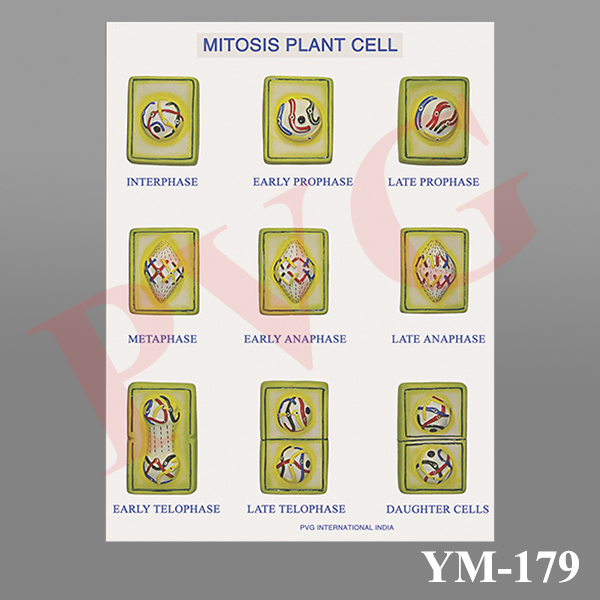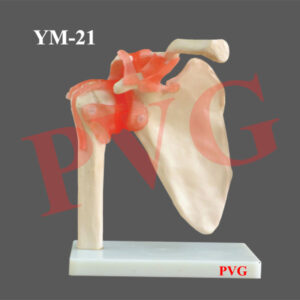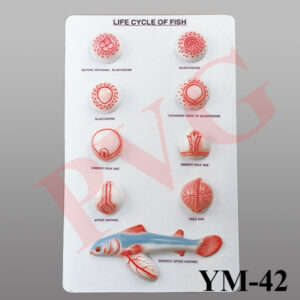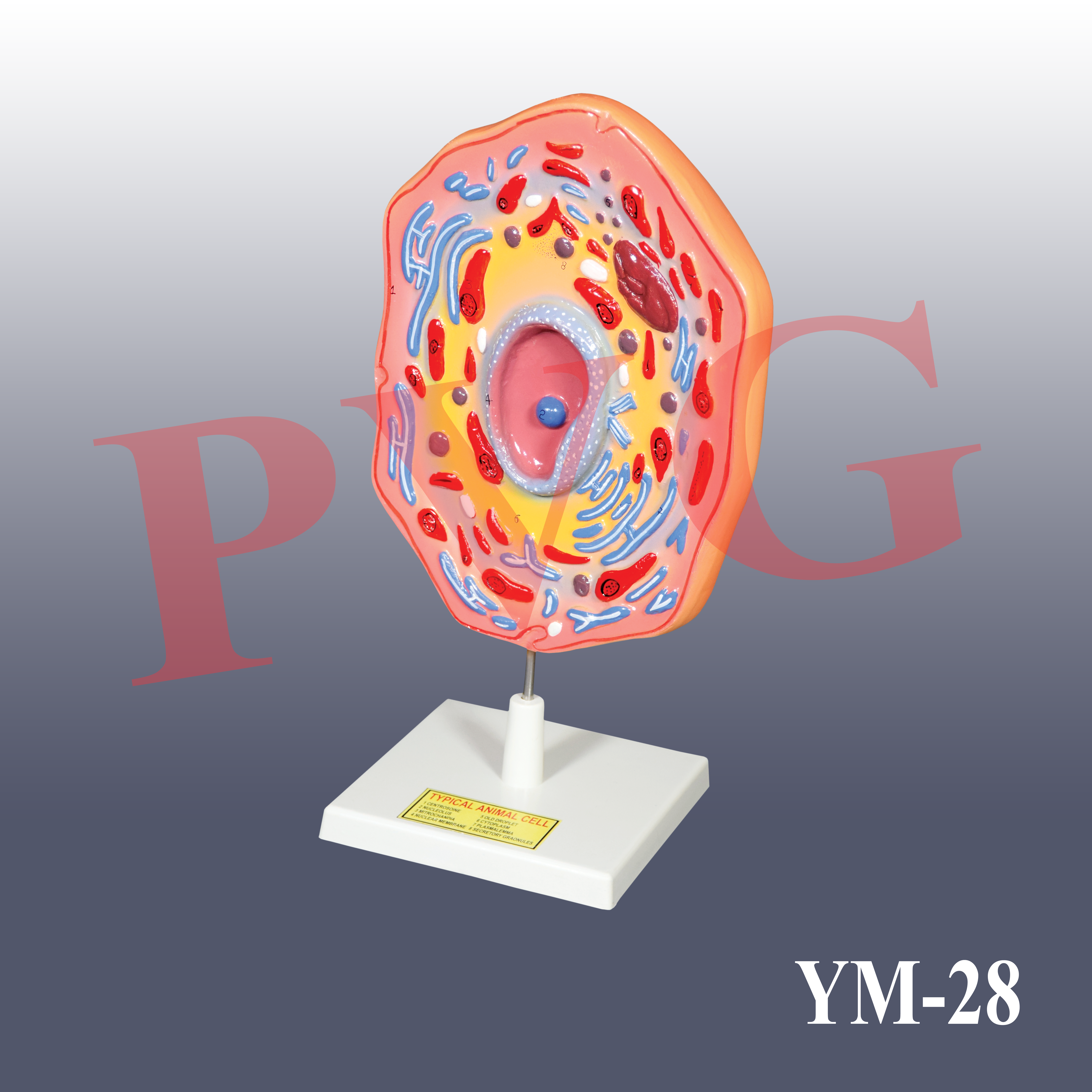YM-179 MODEL OF PLANT MITOSIS SET
Set of nine, mounted on base board, with key size 24 x 18 x 3.5”.
MODEL OF PLANT MITOSIS.
Model depicts how a cell divides into two with 9 stages show the cell division of a plant ,mounted on board.
Mitosis is process in the cell cycle where the newly formed DNA is separated and two new cells are formed with the same number and kind of chromosomes as in the parent nucleus.
Mitosis is a process of asexual reproduction observed in unicellular organisms.
Mitosis is essential for the growth of the cells and the replacement of worn-out cells.
In plants, mitosis leads to the growth of vegetative parts of the plant like root tip, stem tip, etc.
The different stages of mitosis occurring during the cell division are Interphase,Prophase,Metaphase,Anaphase,Telophase,Cytokinesis,Daughter cells are shown.
All phases are in 3D shape represented and cut to show the inside of the cell especially nucleus and Chromatin material.
Movement of Chromosomes are easily seen from parent cell to Daughter cells
Mitosis helps in Equal distribution of chromosomes to each daughter cell.
It is responsible for the growth and development of the plant.
It maintains the constant number of chromosomes in all the cells of a plant.
Mitosis is required for asexual reproduction, vegetative propagation in plants and is also responsible for the repair and regeneration of damaged tissues.
Mitosis helps in maintaining the purity of the genome as no recombination or crossing over takes place.
Be the first to review “YM-179 MODEL OF PLANT MITOSIS SET” Cancel reply
Related products
Anatomical Models
Anatomical Models
Anatomical Models
Anatomical Models
Anatomical Models
Anatomical Models
Anatomical Models












Reviews
There are no reviews yet.